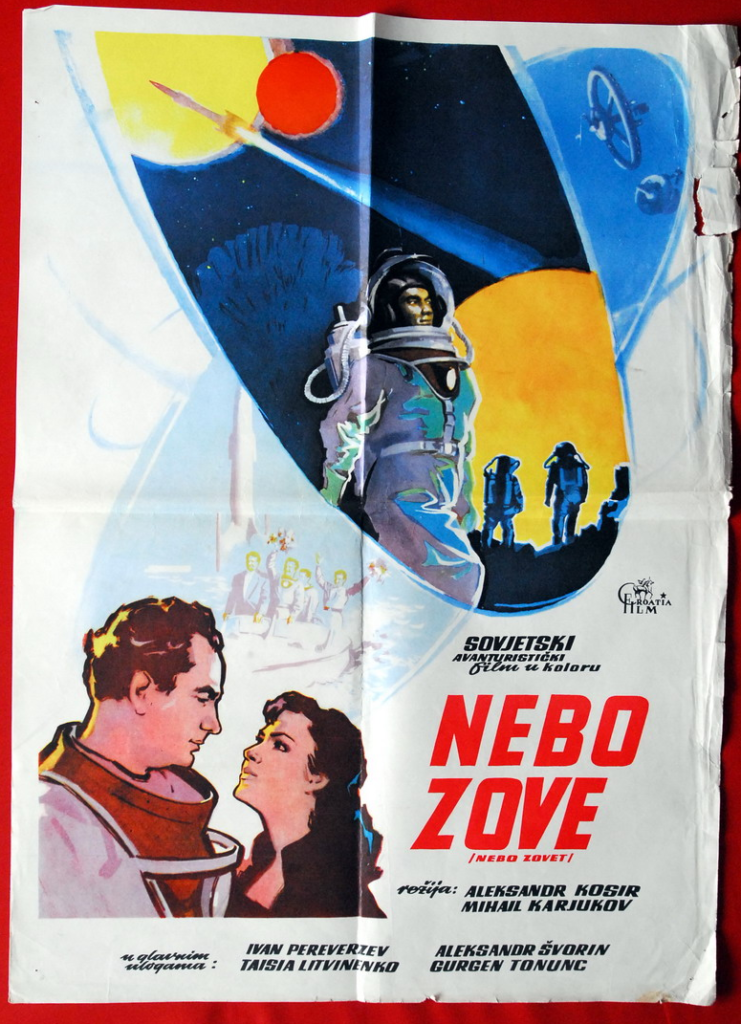
Небо зовёт (1959)


There was no sea change with the Rs.
Continue reading failed state (part 4) – 11-13 Jan 2021 – impeachment and cowed Rs
Sat 9 Jan 2021, 10:22 AM
Democrats looking for resignation, 25th Amendment, impeachment. Republicans are still fighting. Hard. And with very few dissenters. McConnell says he won’t start an impeachment trial until 20 Jan. Pence is adamant against the 25th.
Continue reading failed state (part 3) – the weekend after the insurrection – Rs continue to double downThu 7 Jan 2021, 1:53 PM
